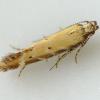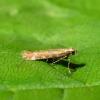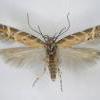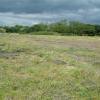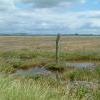35.052 Aristotelia brizella (Treitschke, 1833)
Status and Distribution
Very local on the south and east coasts of England from Cornwall to Lincolnshire and rare in the Channel Islands. Reported historically from Durham (in 1912) and Lancashire (in 1940) but there have been no recent records from these sites.
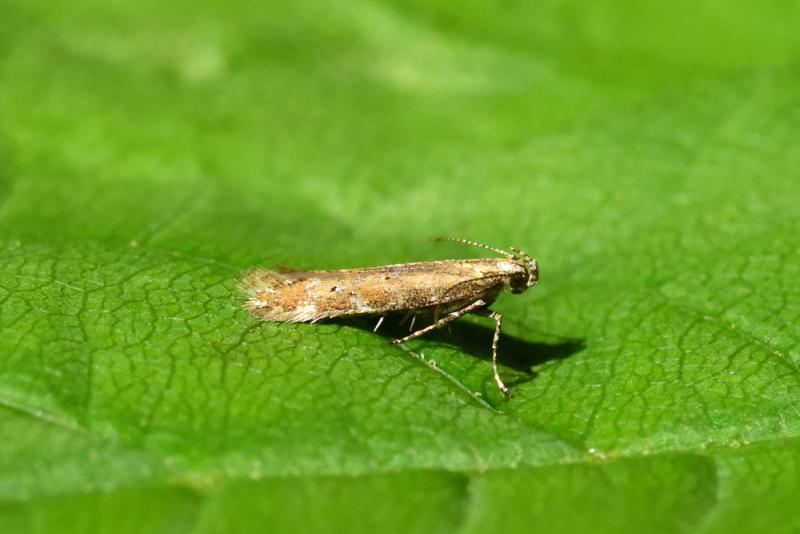
Provisional map
Foodplant and Larval Feeding Signs
Armeria maritima (thrift), see plant map, and less commonly on Limonium vulgare (sea-lavender). In Europe on Armeria plantaginella (presumably A. plantaginea - jersey thrift) and Armeria vulgaris.
No external signs of feeding.
For additional images related to this species Jeff B Higgott (Jeffhiggott.com) has kindly authorised this link to his site.
Finding the Moth
Larva: collecting seed-heads and stems of the food-plants where they proliferate in coastal areas.
Adult: can be swept from the foodplants and has been seen flying at sunrise and in the evening. Will come to light.
Similar Species
The size and shape superficially resemble some saltmarsh Coleophorid species. On closer examination of a reasonably fresh specimen the pale orange forewing with contrasting brown costa (leading edge) is not present in any Coleophorid species. The UK Moths picture of this species from Suffolk is rather darker than usual and may be worn.
Double-brooded from late April to mid-June and mid-July to the end of August.
Earliest: 27th April 2007 (VC25).
Latest: 29th August 1994 (VC113).


